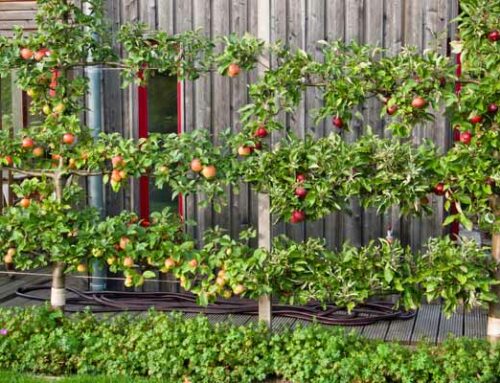In addition to being the most colourful season of the year, autumn is the most bountiful, as well. From veggies to autumn fruits and berries, it can be a challenge to use up everything your garden produces as the summer ends. Naturally, you would not want to see your harvest going to waste after all that effort you put into your plants!
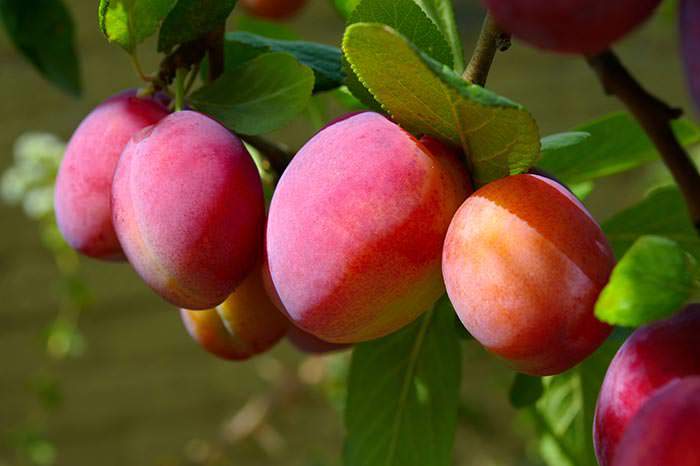
Plums are a favourite for making all types of preserves, such as this sweet and juicy Victoria variety.
Thankfully, autumn fruits and berries can be used in a number of ways that will allow you to enjoy them throughout the year, whether in the form of many types of delicious preserves or liqueur. Here are our top five ideas on how to use up autumn fruits and berries from your garden!
Jam
Is there a better way to start the day than with a piece of golden toast with some butter and jam? While it is one of the most popular breakfast spreads, jam is not just good on toast. The variety of autumn fruits that can be used for making preserves allow you to make jams that can satisfy any taste and complement various meals.
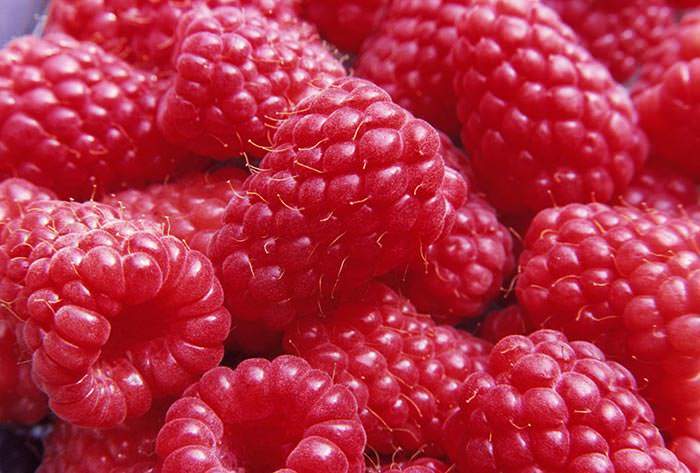
Raspberry Tulameen is a late-season variety that produces a high yield crop.
Our Raspberry Tulameen cultivar produces reliably abundant yields of large, sweet berries, in late summer to early autumn. Considering the impressive amount of fruit this variety produces, having a surplus for making raspberry jam is a given. On the other hand, if you have a mulberry tree in your backyard, you might opt for making mulberry conserve: both white mulberry and black mulberry make great spreads.
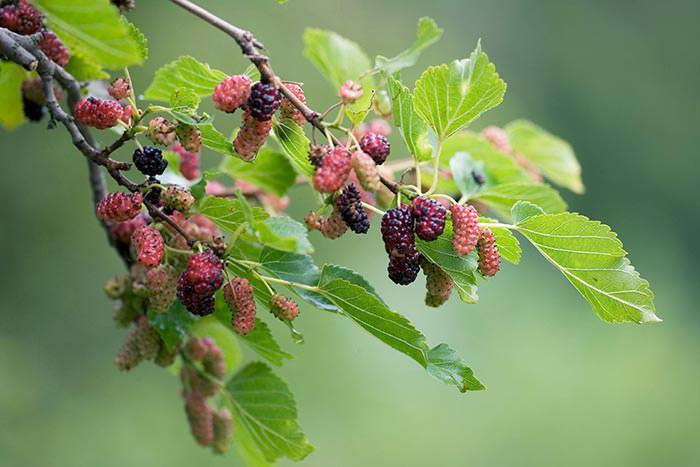
From wine to jams, mulberry is a versatile fruit that has many uses.
Of course, it’s not only berries that make tasty jam. Autumn fruits such as plums, damsons, apples, and pears are just a few of the most popular options. Additionally, these autumn season fruits are also high in pectin, making them even more suitable for cooking and making preserves, as they will set much better and faster than most other fruits.
Fruit Butter
If you prefer creamy fruit spreads on your scones, you should use your autumn fruits to whip up fruit butter. As this delicacy is made without pectin, it has a smoother texture than many preserves. When it comes to choice of fruits for the butter, you can’t go wrong with any of the apple varieties: after all, apple fruit butter with cinnamon is the most recognisable flavour of all. However, your choice of apple cultivars will impact the final taste of the preserve. Prefer a bit of tartness to your fruit spread? Pick out Malus Domestica Greensleeves or Malus Domestica Ontario for a perfect blend of sweet and acidic flavour. Like your autumn fruits with a sweet taste and an intense aroma? Try using Malus Domestica Ananas Reinette or Malus Domestica Delcorf variety for a preserve with a rich and full flavour.
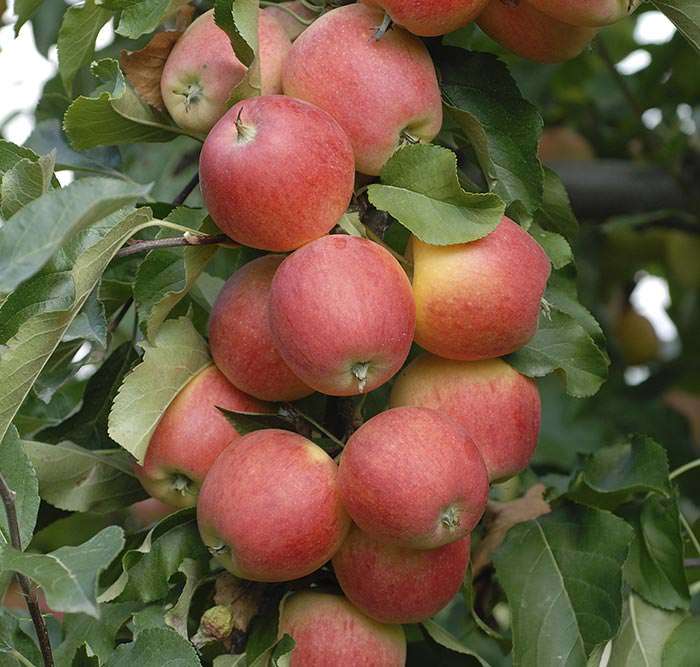
The sweet flavour of Gala apples (pictured here) makes them one of the most popular autumn fruits we offer at Paramount Plants & Gardens.
Ripe, juicy pears are also a safe bet for making fruit butter. The velvety consistency paired with the unparallelled sweetness of cultivars such as Conference Pear and Doyenne Du Comice Pear will make your butter similar to honey, whereas Lady Naomi variety combines wonderfully with spices for an aromatic fruit butter.
Chutney
In the mood for something spicy and savoury? Chutney is a great way to make use of a bountiful harvest, both when it comes to veggies such as tomatoes and onions, as well as autumn fruits such as apples or plums. Bottled or jarred with a mix of sugar, vinegar, and spices, this condiment can be the star of your meals if you pick out the right varieties. For instance, tart apple varieties such as Granny Smith are ideal if you want a more acidic flavour to complement the sweetness of the dried fruit and the blend of spices.
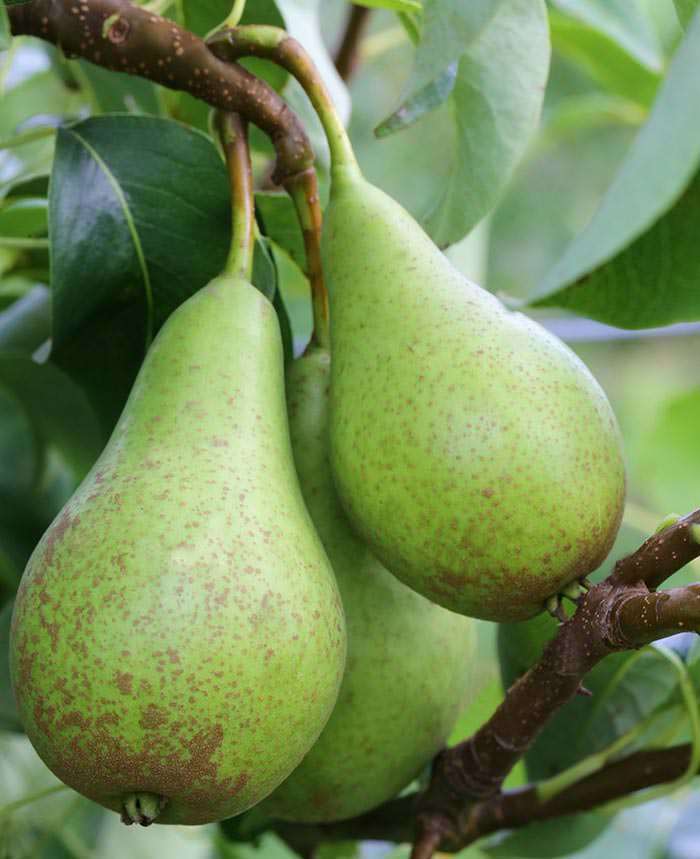
Conference pears boast a sweet and delicious taste that is only enhanced by cooking- making them ideal for all types of preserves.
On the other hand, if you are making fresh fruit chutney to be served with meats and cheeses, sweet autumn season fruits are the best choice: try the popular Victoria Plum or Valor Plum varieties. In addition to their juiciness and exceptionally good flavour, both of these cultivars are freestone plums, meaning their stones come away easily, making the preparations much less taxing than they would usually be!
Alcoholic drinks
Whether you want to make infusions, wines, ciders or other alcoholic beverages at home, autumn fruits can end up being the most important ingredient of all. A well-known British classic is sloe gin, made from the ripe berries produced by blackthorn tree. Prickled berries are soaked in gin until the liquor matures, making this seasonal favourite ready to be poured just in time for Christmas holidays. Another great infusion made with autumn fruits is quince ratafia: the aromatic quince truly gives a one of a kind bouquet to this festive tipple. If you feel more confident in your spirit-making skills, try your hand at making homemade mulberry wine or apple cider.
Paste (Jelly)
As lovely scented spring blossoms, attractive foliage, and compact habit make it quite appealing, Cydonia Oblonga or fruiting quince can be commonly found in gardens across the United Kingdom. However, not many gardeners know what to do with the abundant harvest of golden, fragranced autumn fruits this tree produces. Quince fruit might be tough and astringent when eaten raw, but once cooked, quince turns sweet, with a floral aroma and a flavour somewhere between an apple and a pear. Add that to the fact that this overlooked autumn fruit has a high pectin content, it is no wonder that is often used in jams and preserves!
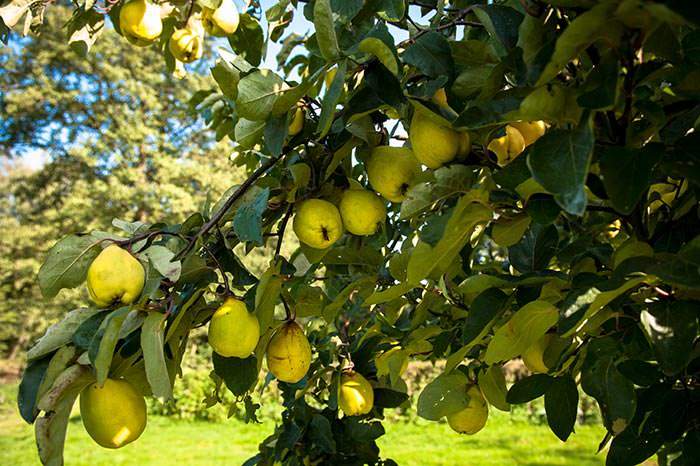
Quince autumn fruits are often overlooked, but once prepared properly, they have a delicious and distinct flavour.
However, quince is best in the form of a thick paste, also known as dulce de membrillo or quince cheese. The recipe for this firm jelly varies with region, from Hungarian version enriched with spices, Balkan recipes that use chopped nuts to top it off, or the original Portuguese paste that keeps it simple, with sugar and pulp of the fruit (ideally of the Portugal quince variety). Interestingly enough, regardless of which option you choose from, quince jelly or paste is a perfect addition to a cheese platter.
Hopefully, our ideas helped you preserve and enjoy your autumn fruits for the months to come! In case you want to add more fruiting trees to your garden or orchard, or maybe want to try your hand at growing berries in your urban city garden, take a look at our impressive selection of plants at Paramount Plants & Gardens. You can buy online and we offer nationwide delivery!

